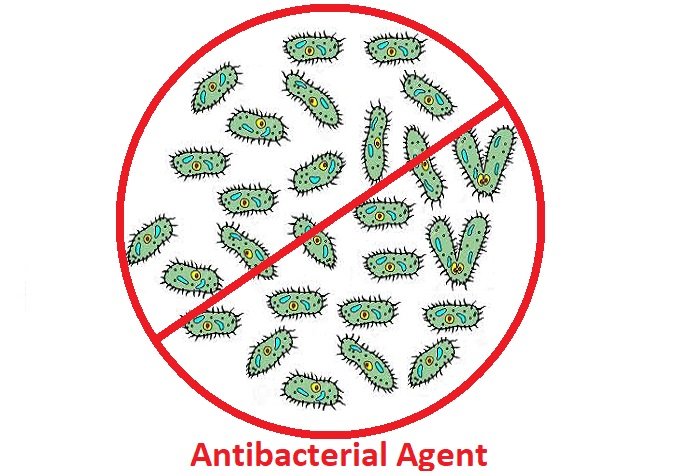
Antibacterial agent for textiles
Textiles are traditionally an important part of the interior of human habitations. With the growing public health awareness of the pathogenic effects, malodors and stain formations caused by microorganisms, there is an increasing need for antibacterial materials in many application areas.
Textile goods, especially those made from natural fibers, provide an excellent environment for microorganisms to grow, because of their large surface area and ability to retain moisture. Most textile materials currently used in hospitals and hotels are conductive to cross-infection or transmission of diseases caused by microorganisms. The spread of HIV and hepatitis viruses by contact of contaminated materials has created increased pressure for protection of personnel with functional clothing; also, all articles of apparel and home textiles are susceptible to problems of hygiene in normal daily use, for example, socks, sport wear and working clothes as well as mattresses, floor coverings, and shoe linings. Textiles for outdoor use are constantly exposed to the influence of microbes and bacteria. Application of natural antimicrobial agents on textiles dates back to antiquity, when the ancient Egyptians used spices and herbs to preserve mummy warps. Practically every class of chemical compound has been utilized to impart antibacterial activity to textiles. The general methods of preparing antibacterial fibers are adsorbing or grafting some antibacterial materials. The major classes of antibacterial agents for textiles include organo-metallics, phenols, quaternary ammonium salts, and organo-silicones.
References:
- S. Shahidi, M. Ghoranneviss, B. Moazzenchi, A. Rashidi, M. Mirjalili, Investigation of Antibacterial Activity on Cotton Fabrics with Cold Plasma in the Presence of a Magnetic Field Plasma Process. Polym. 2007, 4, S1098–S1103
- S. Shahidi, Antibacterial Efficiency of Mordant-Treated Cotton and Polyamide Fabrics, Before and After Dyeing, Journal Of Natural Fibers, 2016, 13 (5), 507–519, http://dx.doi.org/10.1080/15440478.2015.1066290

